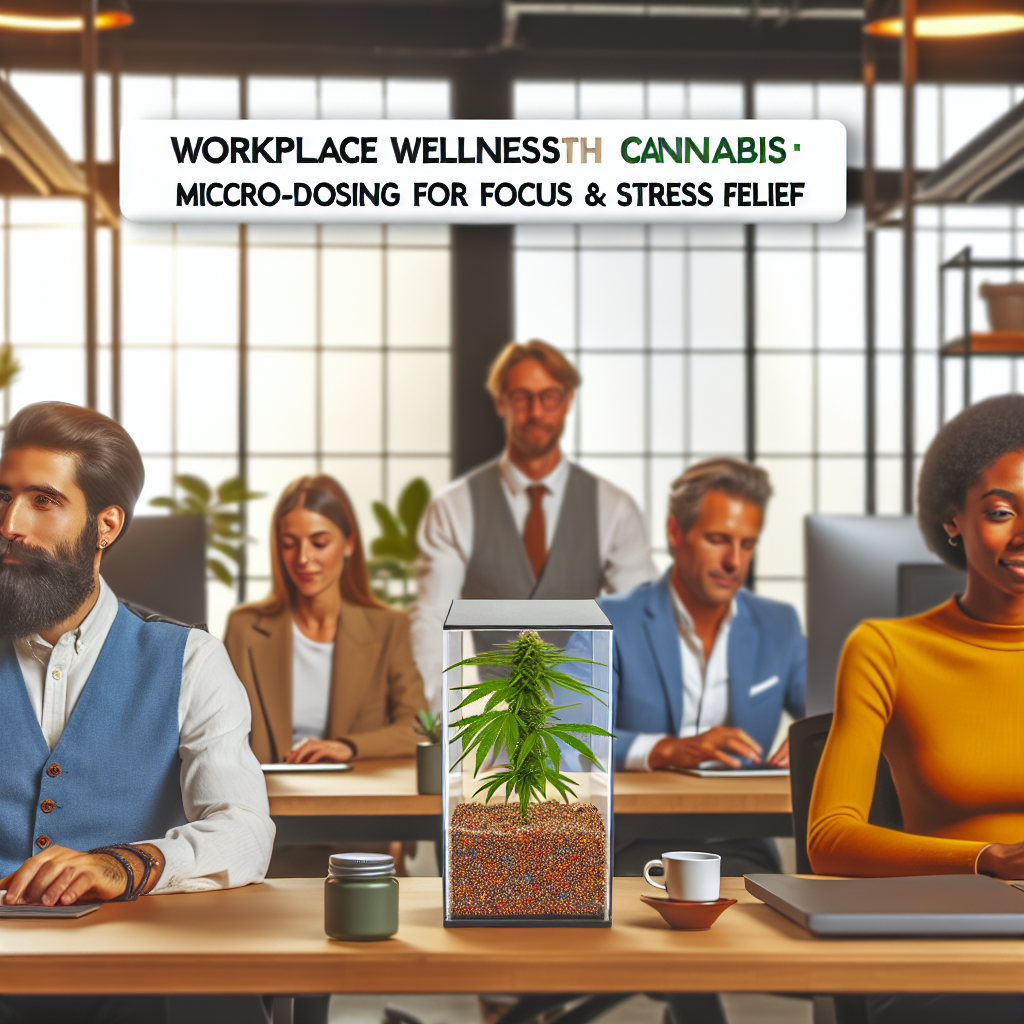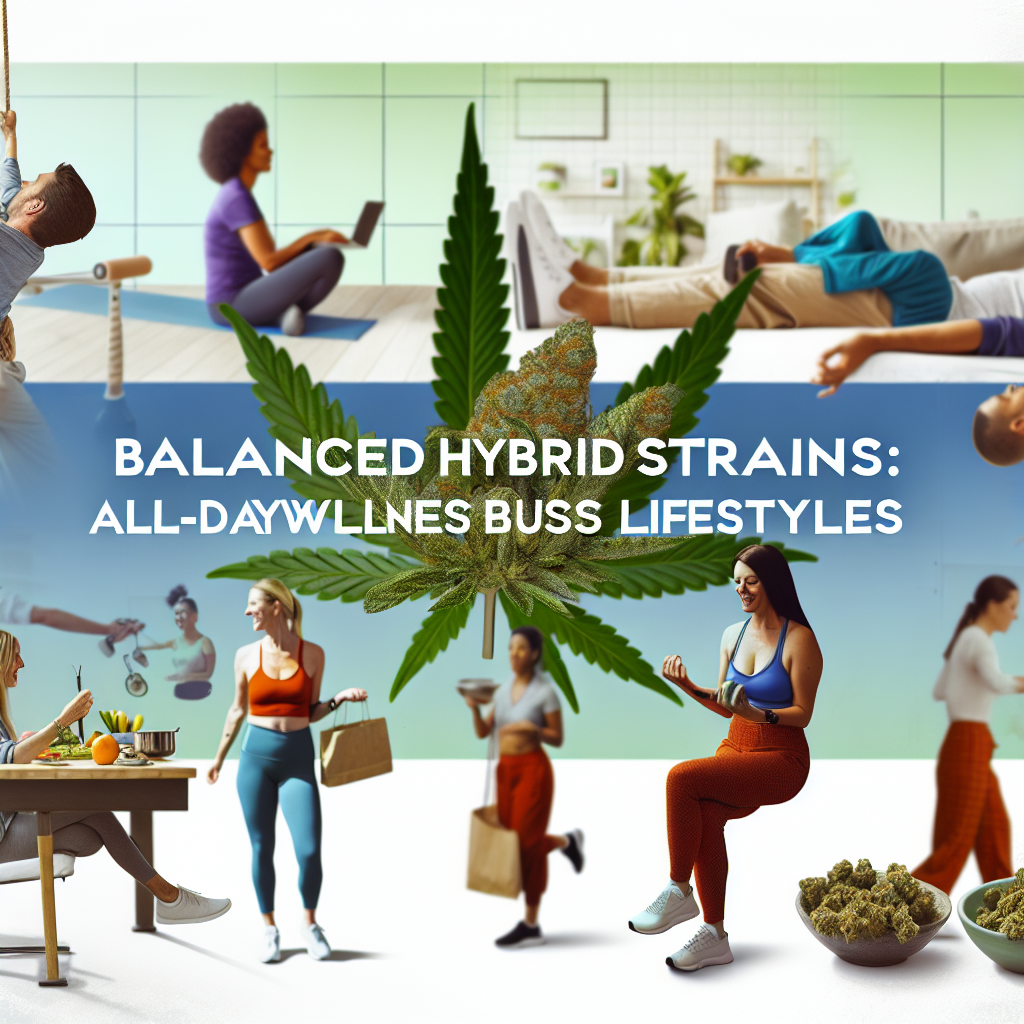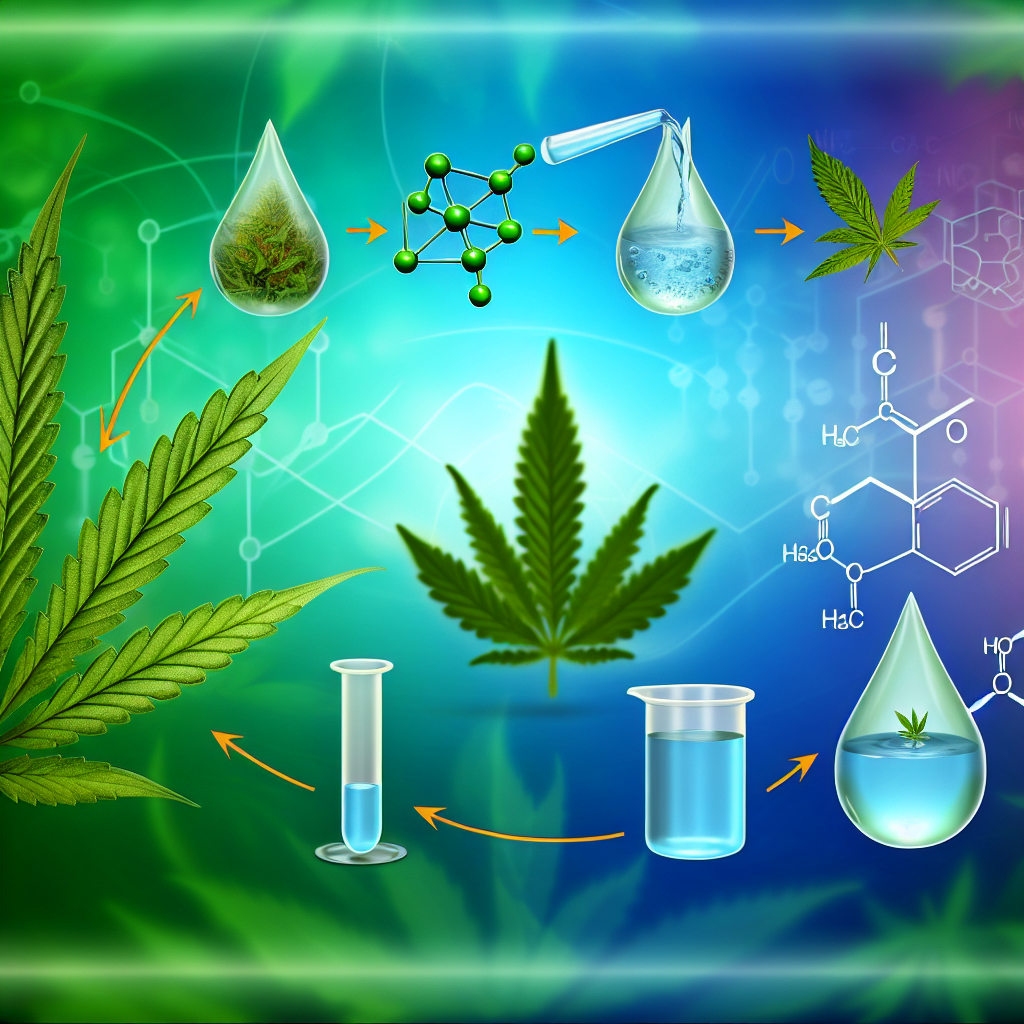Intercanopy lighting pertains to the specialized illumination within the intermediate levels of a forest canopy, which is the space between the highest branches (overstory) and the forest floor (understory).
Here is an analysis of the concept:
The forest canopy refers to the highest layer of foliage and branches in a forest, which creates a roof-like structure. Intercanopy refers to the area between the upper branches of trees, the overstory, and the lower vegetation or forest floor, the understory.
Optical Transmittance:
Woodlands primarily depend on sunlight for illumination. Nevertheless, the thick vegetation of the upper layer obstructs a substantial amount of this light from reaching the forest’s ground. Intercanopy lighting specifically targets the lighting in the intermediate zone.
Significance of Intercanopy Lighting:
Plant Growth: Vegetation in the intercanopy region depends on partially obstructed sunlight that permeates through the upper layer of vegetation. Intercanopy illumination is essential for facilitating plant growth.
The light conditions in the inner canopy zone influence the distribution and variety of plant and animal species within a forest ecosystem. Certain species flourish in the filtered sunlight of the inner canopy, while others favor the sheltered conditions of the understory or the direct sunlight of open areas within the forest.
Variables Influencing Intercanopy Lighting:
Forest Density: The density of the upper layer of foliage has a major effect on the quantity of light that reaches the area between the tree canopies. Forests with higher density will exhibit reduced inter-canopy light compared to more open woodlands.
The morphology of leaves in the upper canopy can impact the extent to which light can penetrate. Smaller leaves facilitate the transmission of filtered light, while larger leaves have a greater capacity to create shadow.
Seasonality: The periodic variations in the number of leaves might impact the light reaching the space between canopies. As trees shed their leaves in winter, more light can pass through the forest canopy, increasing inter-canopy lighting.
Investigating Intercanopy Lighting:
Scientists employ diverse methodologies to investigate the light conditions within the inner canopy, which may include:
Light meters quantify the light intensity level at various locations inside the forest canopy.
Remote Sensing: Satellite images and LiDAR technologies can be utilized to evaluate the structure of forest canopies and estimate the amount of light that passes through the spaces between them.
Comprehending inter-canopy lighting is essential for multiple disciplines, including forestry, ecology, and conservation. Studying forest ecosystems aids in understanding their intricate dynamics and formulating sustainable ways to manage them.




